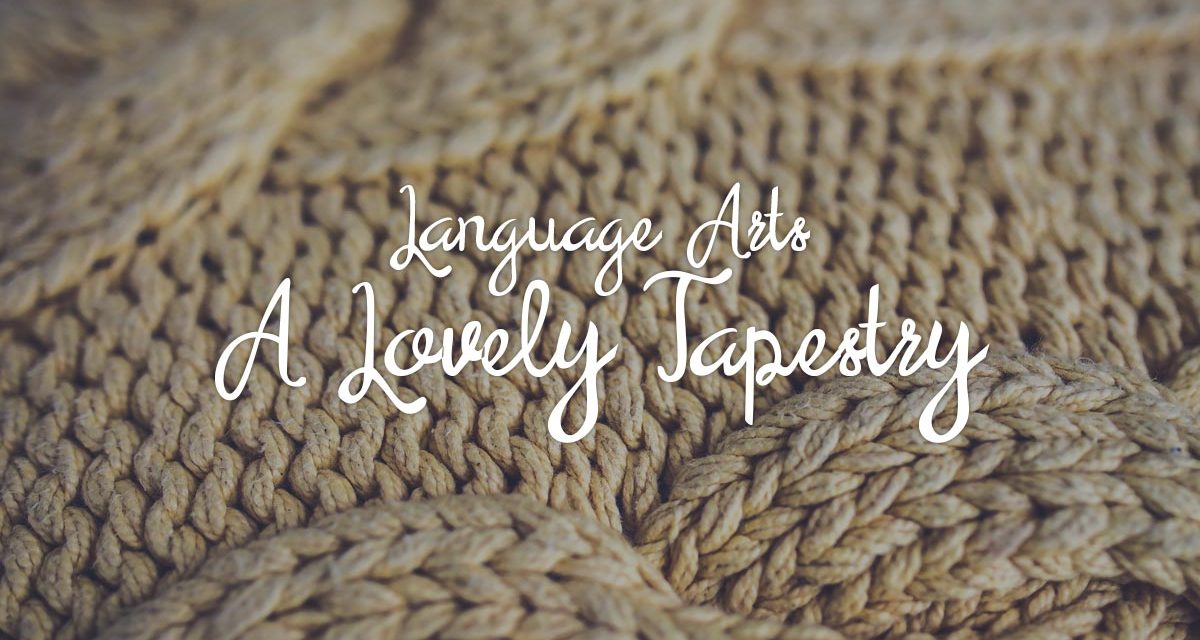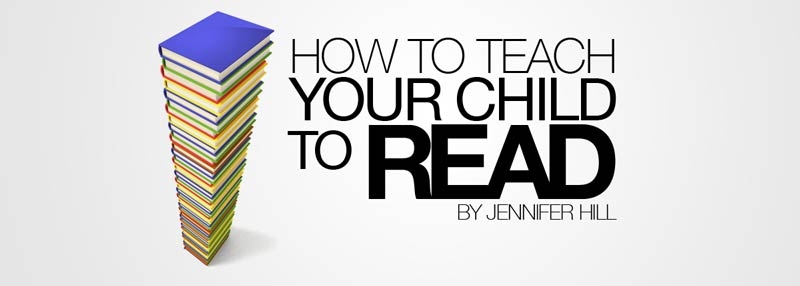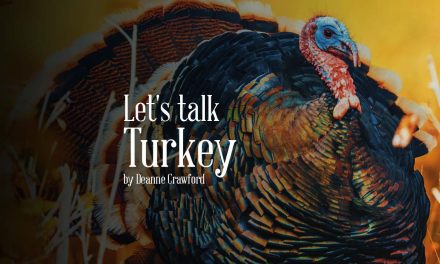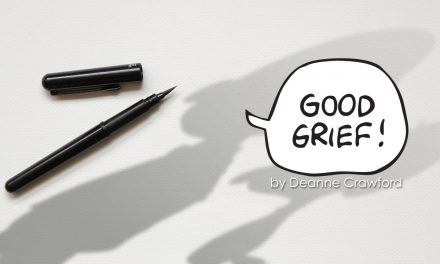It’s not surprising we feel overwhelmed by language arts curriculum. We talk about the core subjects and we tend to say “language arts” and to some extent we all know what is meant by that. But take a quick look at our website or our catalog and all of a sudden the waters seem much muddier.
For instance, we do have “language arts” but we also have “English.” Aren’t those the same thing? But “English” is joined with “writing” and you get the feeling that “grammar” is meant. We are faced with an interesting dilemma. To some extent we all know what we are talking about when we say Language Arts – and on the other hand, we aren’t sure at all what any one person might mean when he says “Language Arts” – or what a curriculum might mean when it calls itself a Language Arts curriculum.
“Language Arts” (i.e. the art of using language) is an umbrella term for curriculum in the areas of phonics, reading skills and comprehension, literature, grammar, usage, mechanics, writing, spelling, vocabulary, penmanship, and speech. Often used interchangeably with “English” or even “grammar” it means the skills that are taught in elementary and secondary school to give students a thorough proficiency in using the language. For something as straight-forward and basic as this, there can be a lot of confusion in terms of what that means for us as we homeschool.
Language Arts is best illustrated as a weaving. Weaving is a method of fabric production in which two distinct sets of yarns or threads are interlaced at right angles to form a fabric or cloth (or so says Wikipedia). The warp threads are held taut and parallel to each other – typically in a loom. The weft – or woof – threads are also known as the filling threads. Grammar, spelling, phonics, and handwriting are the warp threads – they’re the structural parts that hold the weaving together. Composition and literature are the filling threads – the parts that give it usefulness and purpose. Vocabulary is like a golden thread worked through the weaving. Style – as in literary style – are the threads combined in such a way as to make a beautiful or meaningful pattern. These last two transport a weaving from something useful into something beautiful.
There’s another lesson in the weaving analogy. Sometimes the focus needs to be on the foundation threads, on the warp threads, just as if we were setting up the loom. Setting up the loom is not the most thrilling part of weaving but it has to be done. In the same way, the structural parts of our language may seem burdensome or unnecessary but they’re the very parts that give form and substance to effective communication and allow for the beauty of great literature.
Sometimes the emphasis needs to be on the filler threads that pull everything together and produce a finished product. We need to remember that just as in a weaving if you have a weak thread you are likely to have a compromised fabric. The same will be true of your approach to LA. If you leave out an important component your end result will be weakened.
Sometimes the emphasis needs to be on the special effects. In order to have a lovely finished product we will have to focus at times on the basics and at other times concentrate on the beauty.
All the various components of language arts seem to be related and to blend into one another sooner or later. Interestingly, I think that also means there is value in being taught language arts from several different perspectives. In language arts, reading skills, writing skills, and speaking skills can all be strengthened by exposure to a variety of approaches; to a variety of emphases on different aspects.





